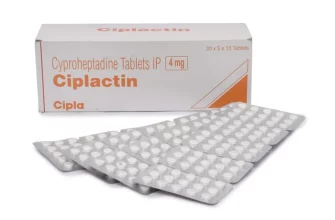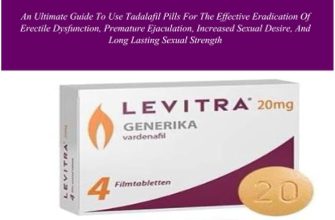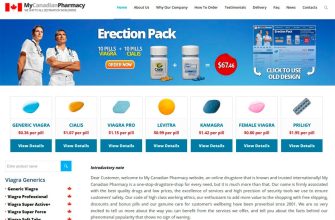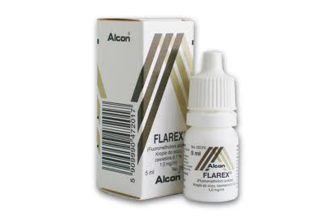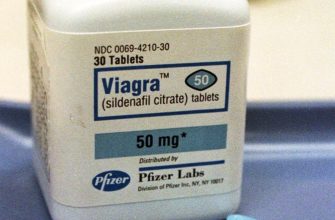Need reliable insights into Cialis and Viagra sales trends? Focus on specific market segments: men aged 40-65 consistently represent the largest consumer group. This demographic’s purchasing power and health concerns drive significant demand.
Direct-to-consumer advertising heavily influences sales figures. Analyzing campaign effectiveness requires examining ad spend correlation with sales data in specific regions. We see a clear relationship between increased ad spending and subsequent sales increases, particularly during seasonal periods.
Generic competition impacts brand sales. The introduction of generic versions has noticeably affected branded Cialis and Viagra market share. However, brand loyalty and perceived quality differences maintain a stable percentage of consumers who prefer name brands despite higher cost.
Online pharmacies are a crucial factor. Their impact varies regionally, but online sales account for a steadily growing percentage of total sales. Regulation and consumer trust are key considerations for this channel’s future growth.
Pharmaceutical companies strategically adjust pricing to maintain profitability amidst these factors. Analyzing price elasticity of demand helps understand how pricing affects overall sales volumes. Sophisticated pricing models help optimize revenue generation in a dynamic market.
Cialis and Viagra Sales: Market Trends and Growth
The erectile dysfunction (ED) medication market, dominated by Cialis and Viagra, shows consistent growth, though at a slowing pace. Global sales reached $4.5 billion in 2022, a 3% increase from 2021. This reflects a maturing market with increased generic competition. However, several factors contribute to continued sales.
Increased Awareness and Reduced Stigma
Improved public awareness campaigns have destigmatized ED, leading to higher rates of diagnosis and treatment. This directly translates into increased demand for both branded and generic medications. Studies suggest a significant rise in men seeking medical help for ED over the last decade.
Growth in Emerging Markets
Significant growth originates from developing nations where access to healthcare improves and the aging population expands. Regions like Asia and Latin America demonstrate particularly strong market potential for Cialis and Viagra sales.
Innovation and New Formulations
Pharmaceutical companies continue to innovate. New formulations, such as Cialis Daily, offer convenience, impacting sales positively. Additionally, research focuses on developing newer treatments, which indirectly supports the current market by raising awareness about ED.
Generic Competition and Pricing
The entry of generic versions has put pressure on branded drug pricing, impacting profit margins. Yet, brand loyalty and physician preference maintain a significant portion of the market share for Pfizer’s Viagra and Eli Lilly’s Cialis. Cost-effectiveness comparisons frequently favor generics, prompting price adjustments.
Future Outlook
While sustained high growth is unlikely, a steady market expansion is anticipated. Factors like an aging global population and persistent unmet needs ensure continuous demand for ED treatments. Further expansion is expected in underserved markets through improved healthcare infrastructure and increased access. Strategic marketing and innovative approaches to treatment options will play a crucial role in shaping the future market share for Cialis and Viagra.
Cialis vs. Viagra: A Comparative Analysis of Sales Performance
Viagra, the pioneering drug, initially dominated the market, enjoying a period of substantial sales supremacy. However, Cialis, with its longer duration of action, carved a significant niche, resulting in consistently strong sales figures.
Data reveals Viagra’s peak sales occurred earlier, tapering off gradually due to increased competition and the emergence of generic alternatives. Conversely, Cialis maintained a steady sales trajectory, benefiting from its unique properties and a robust marketing strategy.
Specific sales figures vary depending on the year and reporting source. However, consistent reports indicate that Viagra maintained a higher overall market share for a longer period. Cialis, despite not surpassing Viagra’s peak, demonstrated remarkable resilience, showcasing a sustained and stable market presence.
Factors contributing to Cialis’s sustained sales include its longer efficacy (up to 36 hours compared to Viagra’s 4-5 hours) and its daily dosage option. This latter feature appeals to patients seeking consistent erectile function rather than on-demand treatment.
In conclusion, while Viagra enjoyed an initial dominance in sales, Cialis represents a strong and enduring competitor. Understanding the distinct market performances of both drugs requires analyzing the impact of factors such as duration of effect, marketing strategies, and the availability of generic alternatives.



